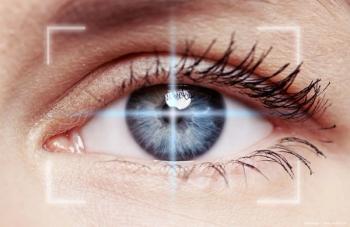
Diagnostic techniques for the glaucoma patient with OSD
Accurate diagnosis of ocular surface disease (OSD) is essential in patients with glaucoma who complain of burning, itching, foreign body sensation, or a dry, gritty sensation often in concert with paradoxical tearing.
Accurate diagnosis of ocular surface disease (OSD) is essential in patients with glaucoma who complain of burning, itching, foreign body sensation, or a dry, gritty sensation often in concert with paradoxical tearing.
Table 1 on Page 28 illustrates common signs of OSD. Once a firm diagnosis of OSD has been achieved, only then can eye-care practitioners begin to address the issue and effectively treat their patients.
As summarized in Table 2 many useful diagnostic tests are available to the eye-care practitioner. In my opinion, the single most useful diagnostic test available is lissamine green staining. Lissamine green is available in strips or liquid, does not sting the patient's eyes when applied, and can provide a diagnosis of OSD in seconds whereby punctuate corneal epithelial changes are noted.
The Schirmer tear test is a rapid, simple evaluation of tear production. Although the Schirmer tear test has fallen out of favor due to difficulty in interpreting results, this test remains a useful source of information that should be included in every patient's work-up.
Direct visualization of the ocular surface, lid margins, conjunctiva, etc., can be achieved easily by slit lamp examination. In fact, conjunctival inflammation can be readily observed by direct observation of the bulbar conjunctiva.
Newsletter
Don’t miss out—get Ophthalmology Times updates on the latest clinical advancements and expert interviews, straight to your inbox.
















































.png)


